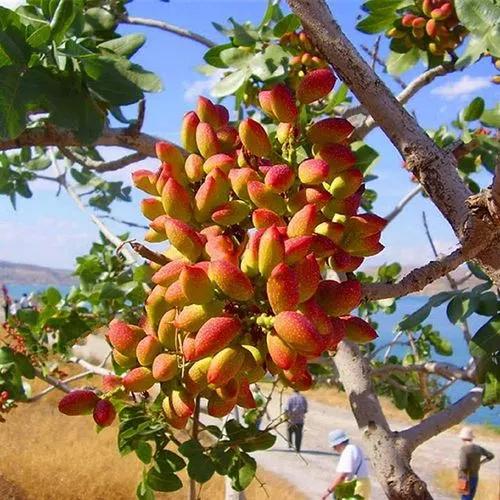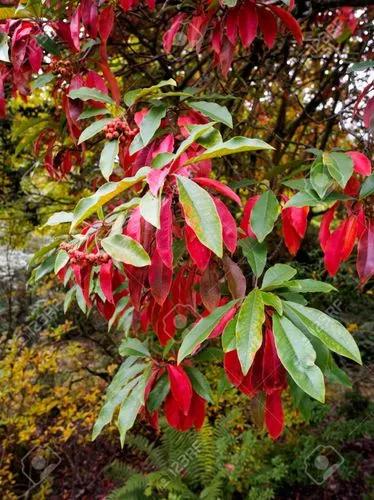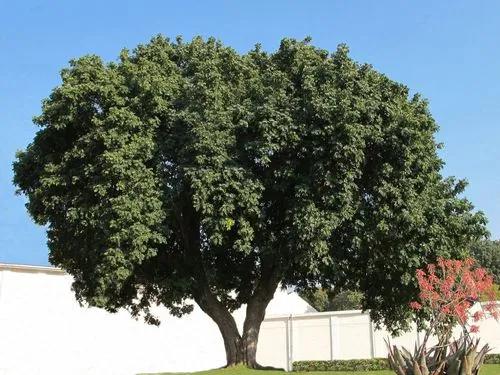Small-flowered Pawpaw is a shrub found in SE USA and most areas of NC in dry pine or oak forests or thickets. It generally grows only 6-8 feet tall. The young shoots and leaves are covered with a rusty down, later becoming smooth. The small brownish-purple, six-petaled flowers are borne singly in leaf axils before leaf emergence. The fruit of Dwarf Pawpaw is smaller than other pawpaws but is edible off the tree or used in cooking. More than one genetic strain is needed for best fruit set. Its leaves are the only plant the beautiful zebra swallowtail butterfly caterpillars will eat. Preference is for loose, moist to dry, well-drained soils in partial shade. As it matures and establishes it will tolerate full sun. It does not tolerate dry compacted soils and they have a long taproot so transplanting is difficult. Pawpaws need some babying to establish but are worth the effort. This plant works well as an understory tree in an open woodland setting and provides wildlife with food- and you too if you can get there first.
Smallflower Pawpaw Care
Asimina Parviflora



parviflora is a deciduous shrub found in the Coastal Plain in the southeastern United States. This species has been found on sparse loamy sands, moist sands, floodplains, woodland slope, and bottomland hardwood forests. A. parviflora has been observed in dry-mesic hardwood hammock on a bluff above the Kissimmee River in Highland County Fl. This specimen is on the edge of it's southeastern range. . parviflora is a perennial shrub tree of the Annonaceae family native to the southeastern United States. Alternately arranged leaves that are simple, obovate or oblanceolate to oblong, entire, pointed at the tip, length up to 8 inches long, and some hairs on veins of lower surface. Bisexual flowers that are solitary, located in axils of the leaf scars, maroon, and have a slightly bad odor. Fruit are berries that are greenish yellow, and up to 3 inches long. parviflora responds negatively to soil disturbance by clearcutting and chopping in North Florida flatwoods forests
How to Care for the Plant

Popularity

90 people already have this plant 8 people have added this plant to their wishlists
Discover more plants with the list below
Popular articles






